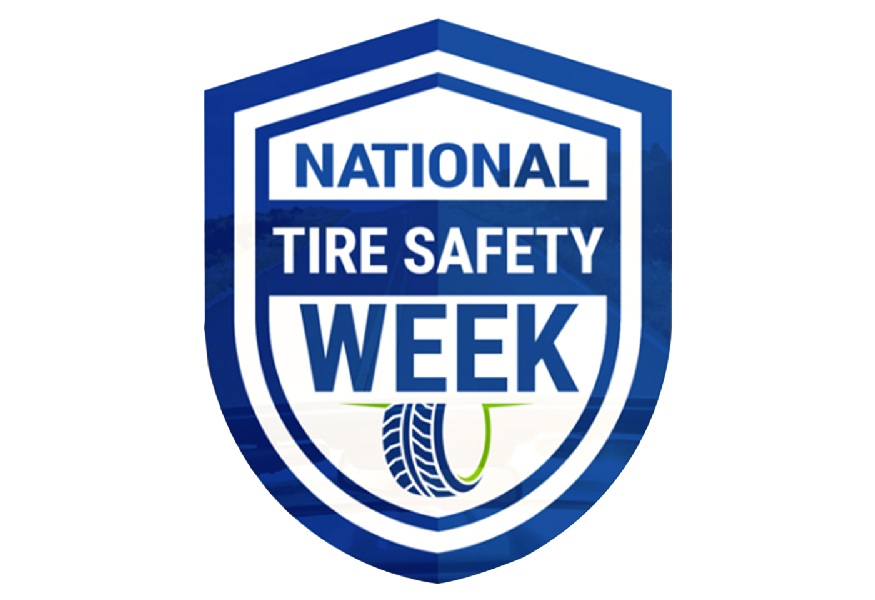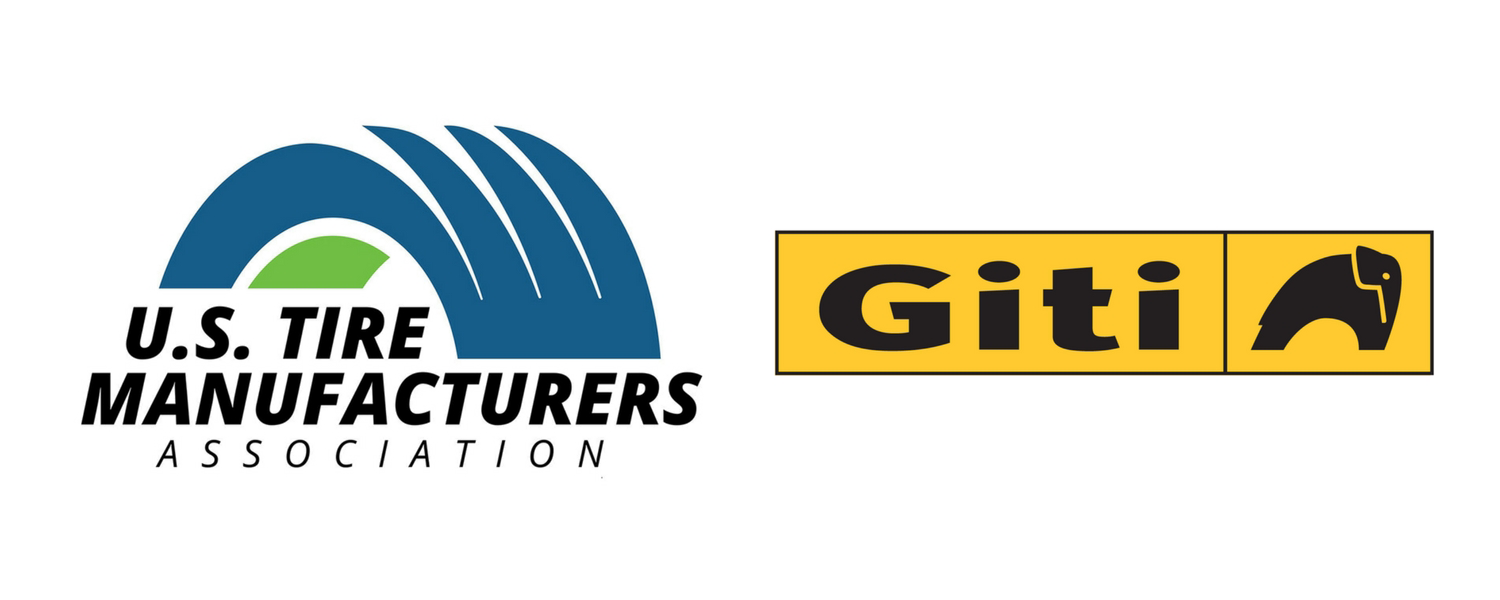National Tire Safety Week Kicks Off with Important Safety Information from Giti Tire USA
Despite record high gas prices, summer vacations and road trips are springing into action all across America.
To coincide with Americans hitting the road for the summer travel season, the U.S. Tire Manufacturer’s Association (USTMA) is kicking off its yearly consumer awareness campaign, National Tire Safety Week, on June 27-July 3, 2022. This annual initiative educates motorists about tire care, safety, and maintenance as an important part of road safety. USTMA is the national trade association for tire manufacturers that produce tires in the U.S. For more information, visit www.USTires.org and follow USTMA on Twitter @USTires.
“USTMA highlights the importance of tire care and safety all year long, but during National Tire Safety Week, we join with our member companies and other partners to amplify this critical theme, especially as drivers embark on the summer travel season,” said Anne Forristall Luke, president and CEO of USTMA. “We have seen recent traffic statistics that have highlighted troubling increases in roadway accident trends, especially since the start of the pandemic. As the only equipment on a car that touches the road, we want to make sure that tires are at the top of drivers’ vehicle safety checklists, especially during the busiest travel season.”
With its passenger/light truck tire plant in Richburg, SC, Giti Tire is a USTMA member and is doing its part to promote National Tire Safety Week through its social media channels. The company is sharing a tire tip each day on its social media to support the public education campaign.
“It’s important for drivers to remember that the only component that connects their vehicle to the road is their tires,” said David Shelton, industry relations director for Giti Tire USA. “We recommend drivers check their tire pressure monthly, regularly check their tire tread depth and ensure their tires are rotated and properly aligned. Proper maintenance and periodic inspections by a tire service professional are essential for optimum performance and service life of tires.”
Tire Tips from Giti USA:

Visual inspection
Before hitting the road, take a few minutes to check the condition of your tires. Well-maintained tires keep your car safer and save you money by reducing fuel consumption and making your tires last longer. Look for any abnormalities like cuts or bulges in the sidewall or internal components such as steel cord showing through the tread. If you see any of these conditions, see your local tire dealer immediately.
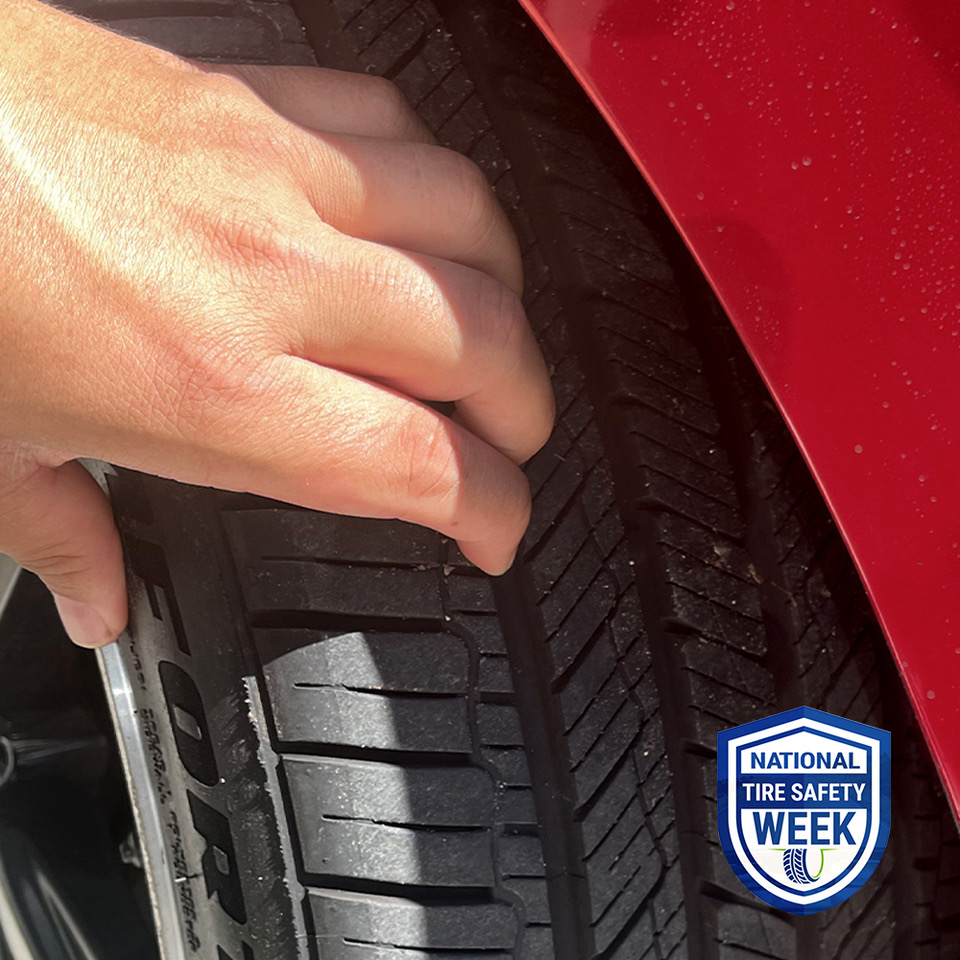
Check tread depth
The tire tread is the part of the tire that actually meets the road. It includes tread blocks or tread lugs, tread grooves, tread voids, sipes, and a wear bar. Tire wear bars are small, raised bars found within the grooves of your tires between the tread markings. They are placed all around the tire at different points to measure how evenly your tread is being worn down. If you run your finger horizontally over the tire wear bears and it feels even, your tire is down to 2/32” in tread depth and it’s time to replace your tires. This is critical, because your wet traction will be compromised, and you will risk hydroplaning if your tread depth is not sufficient.

Check inflation pressure
Buy a tire gauge and keep it handy in your car at all times. Check your tire pressure at least once per month, and especially before a long trip. Remember, underinflation is a tire’s No. 1 enemy, because it can cause damage. However, overinflation can cause uneven wear plus handling and stopping problems. Use the manufacturer’s recommended air pressure listed on the sticker of your vehicle’s door jamb or owner’s manual as a guide. Always check the pressure of your tires when they are cool or cold. Driving heats up tires, making readings incorrect.
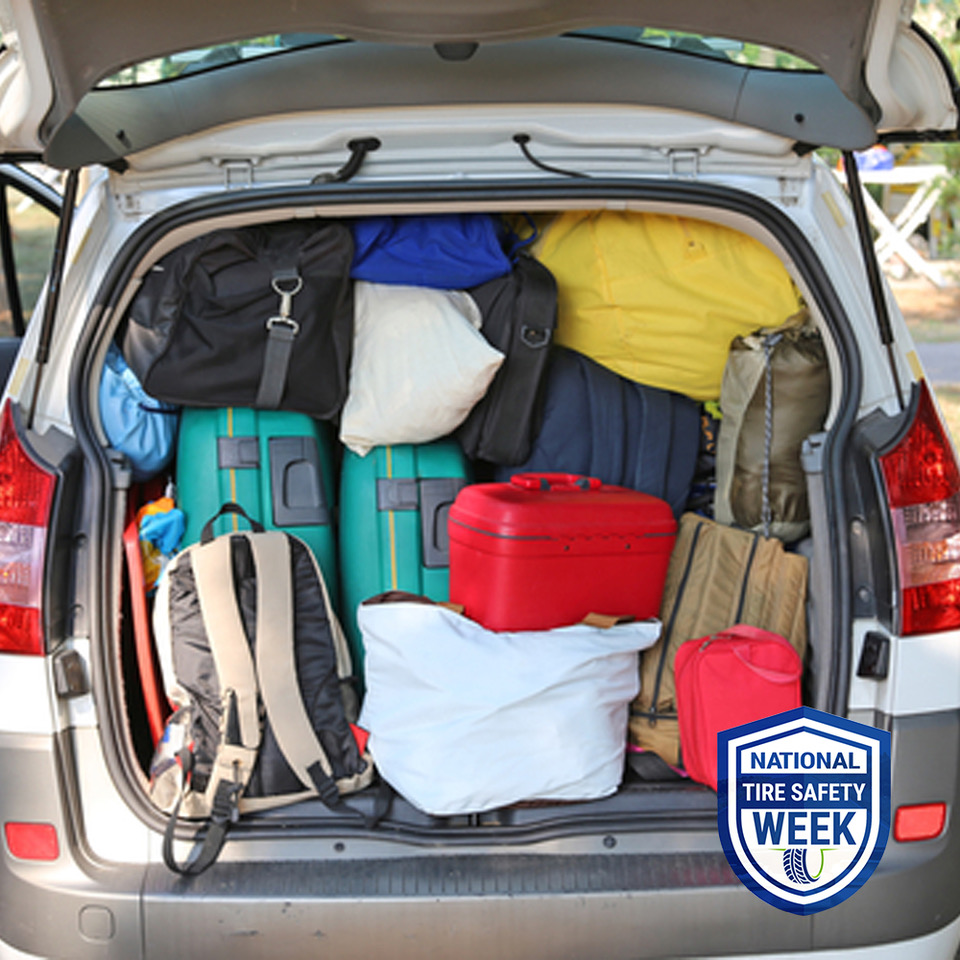
Avoid overloading
Overloading your vehicle can create excessive heat inside your tires which puts stress on tires that can cause damage and lead to tire failure. Check the manufacturer’s load recommendation, which can be found on the vehicle information placard inside the driver’s side door post, or in the vehicle owners’ manual. Remember that the weight of the vehicle’s occupants must also be taken into account when calculating the load.
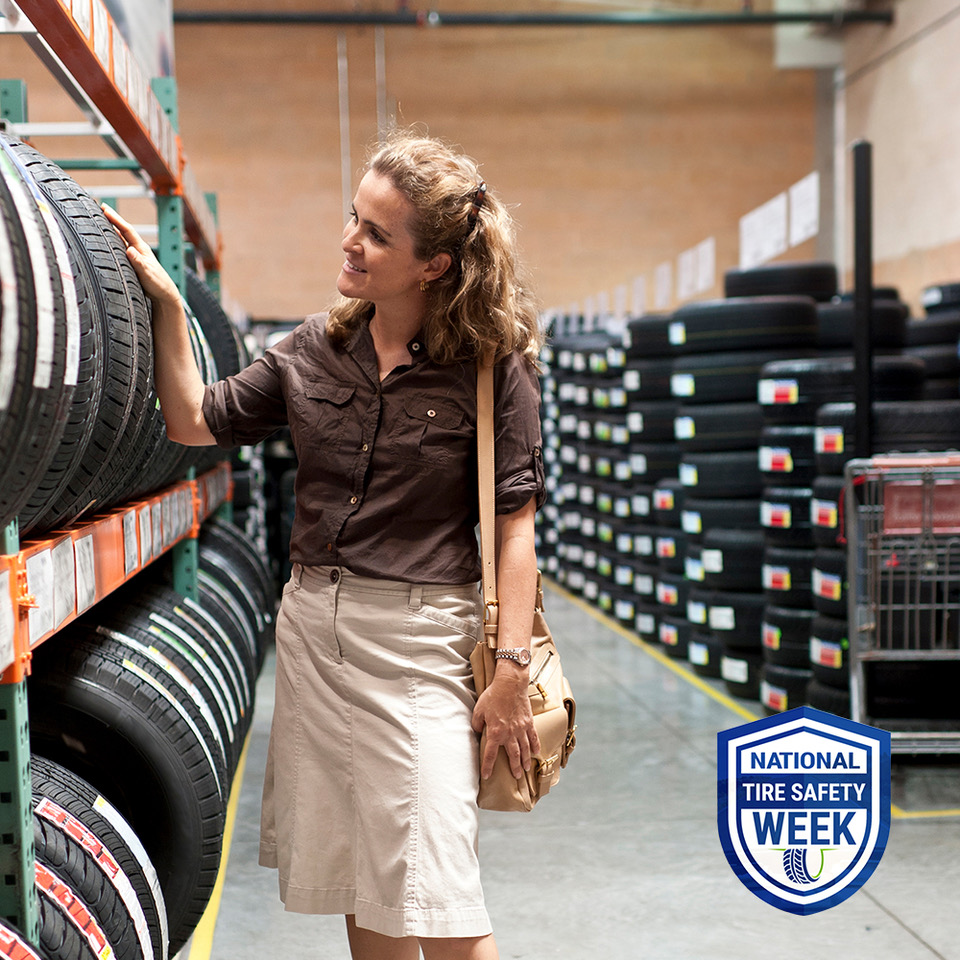
Choose tires carefully
Too many drivers buy a tire based on initial price or appearance. Tire selection should be based on the correct size recommended for the vehicle and its load recommendations. You should consult with a knowledgeable tire or automobile dealer about selecting the proper tire for your vehicle and based on your typical driving patterns.
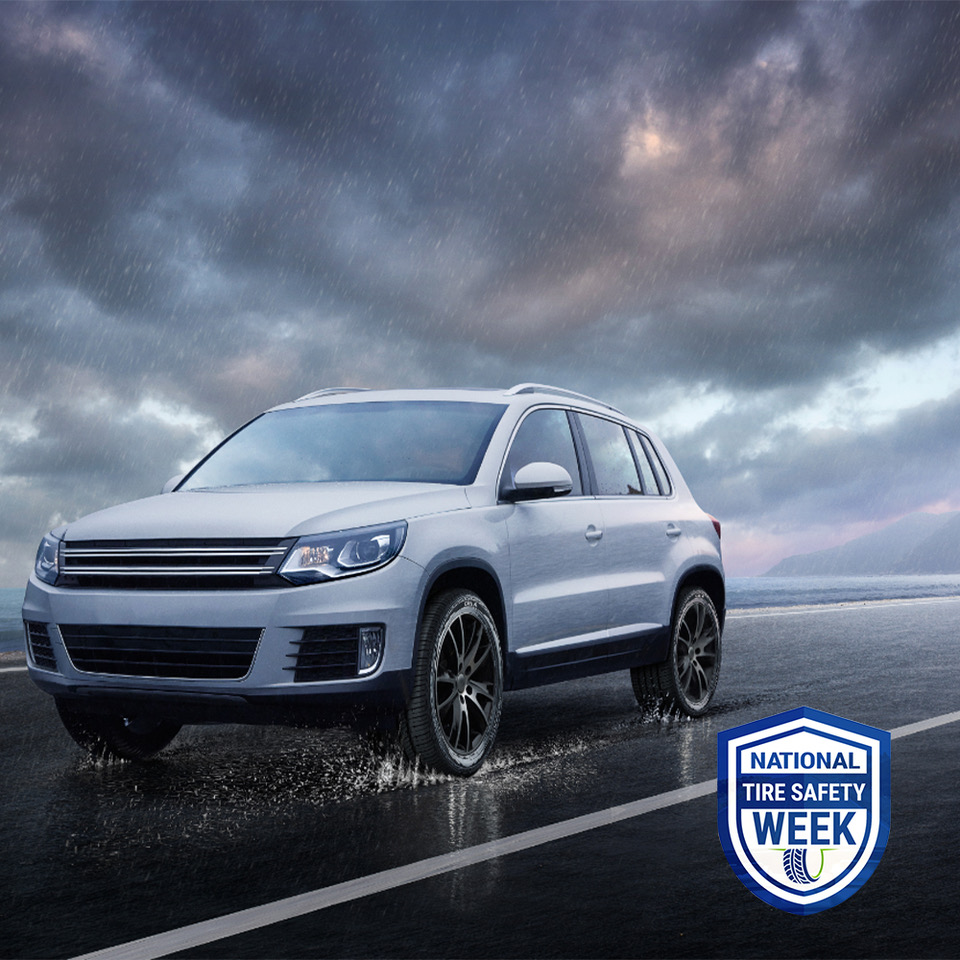
Slow down in wet weather
In addition to having sufficient tread depth for wet traction, remember to ease up on the gas pedal in wet weather. As your speed decreases, the tire footprint (the amount of the tire’s tread contacting the road surface) increases, providing better traction. You also reduce the risk of hydroplaning should you run into water puddled on the road.
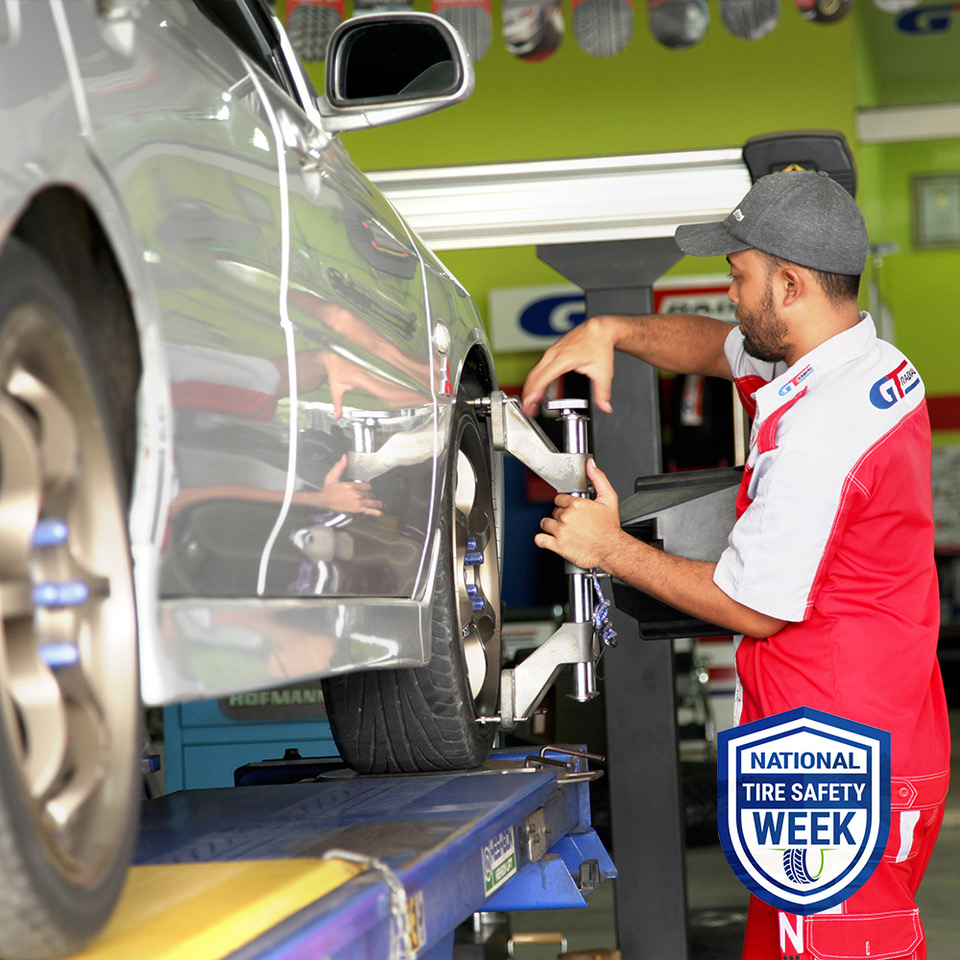
Rotate tires and check vehicle alignment
Rotate your tires every 6,000 miles to obtain maximum tire life. If your tires show uneven wear, ask your tire dealer or automotive service professional to check for and correct any misalignment, imbalance or other mechanical problem involved before rotation.
The GT Radial Maxtour LX, an all-season tire for sedans and CUVS manufactured by Giti, is a great example of today’s technologically advanced tires. It performs exceptionally well in wet and dry conditions, while delivering a smooth comfortable ride and long tread wear — if it is properly maintained!
GT Radial tires sold in North America are “American engineered” at the company’s technical center in Richburg, SC. A significant portion of the GT Radial tires sold in the US and Canada are manufactured at the Giti plant in Richburg. Beginning operations in 2017, the plant is one of the world’s most advanced tire manufacturing facilities. For additional GT Radial information, visit www.gtradial.com

